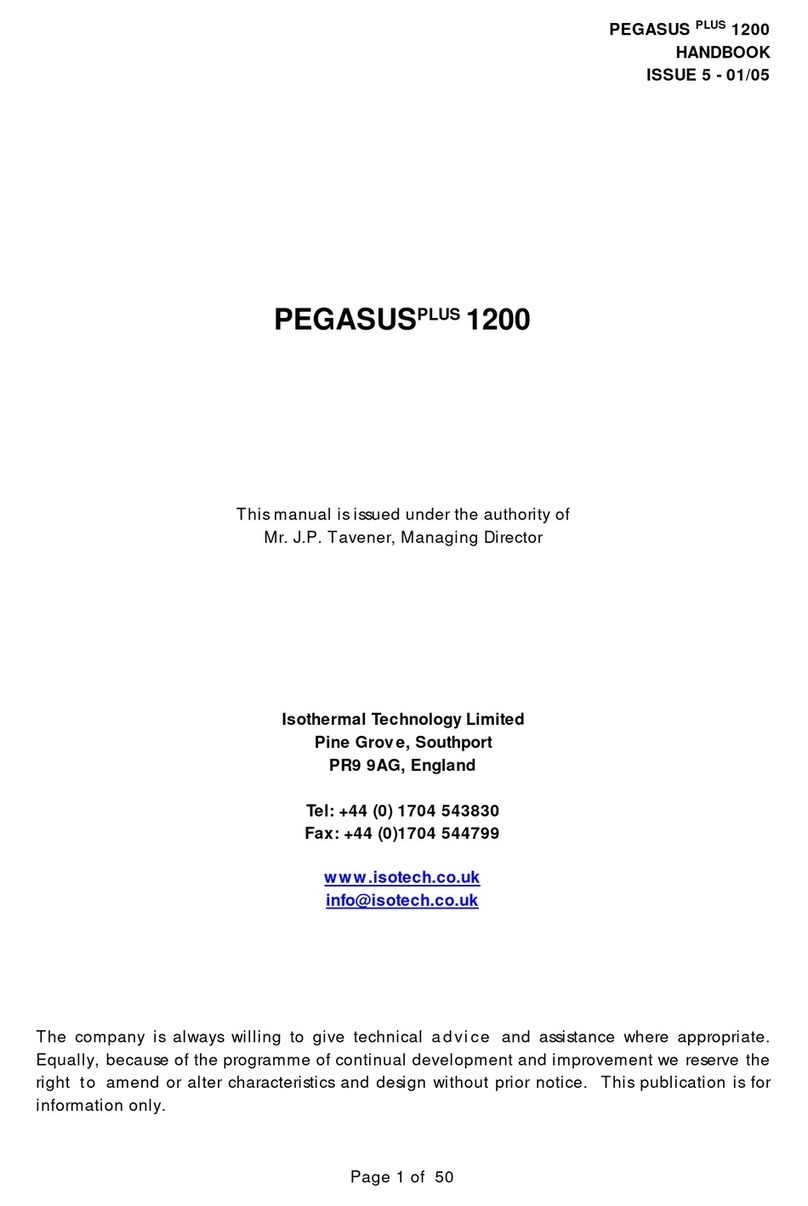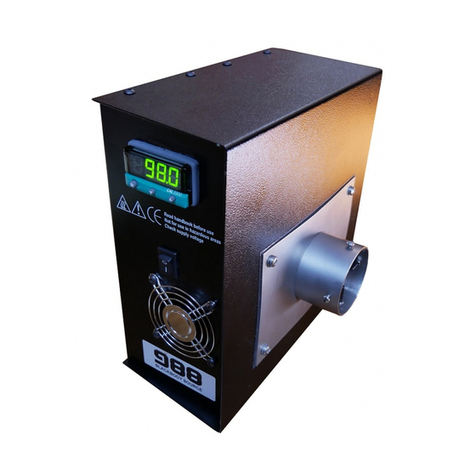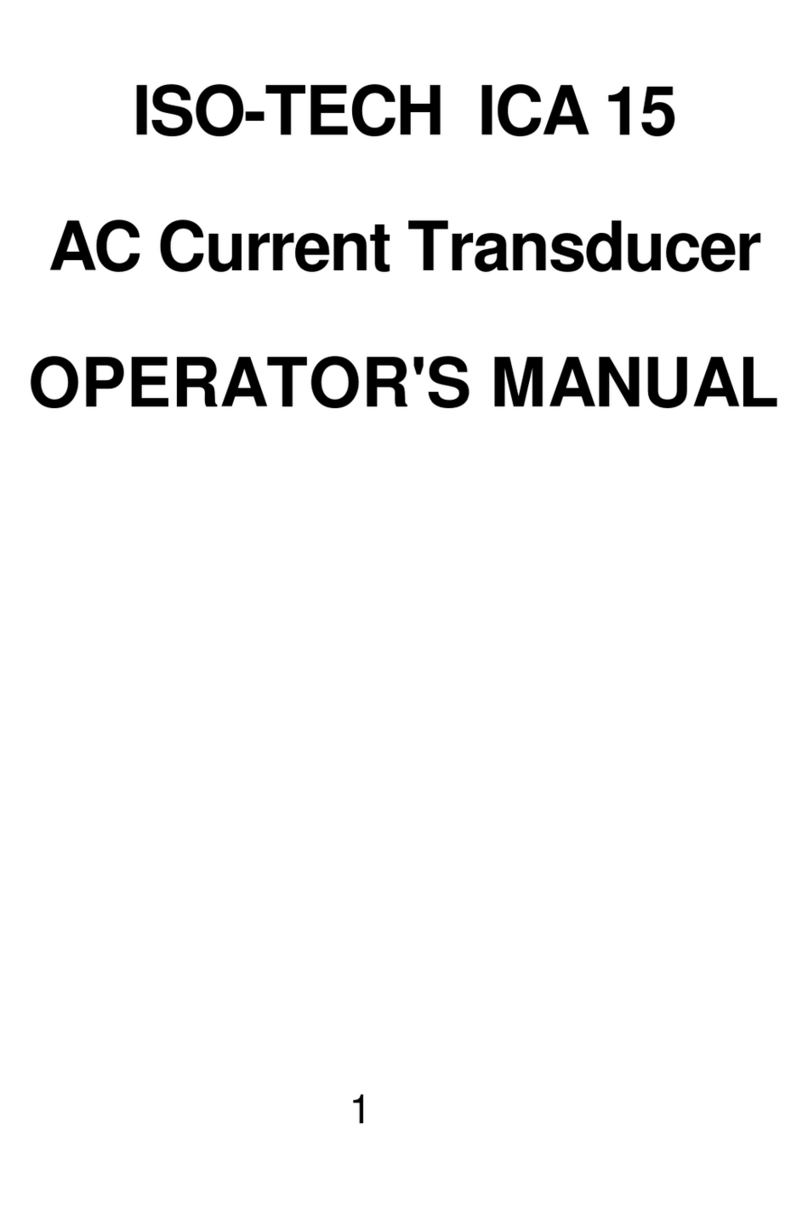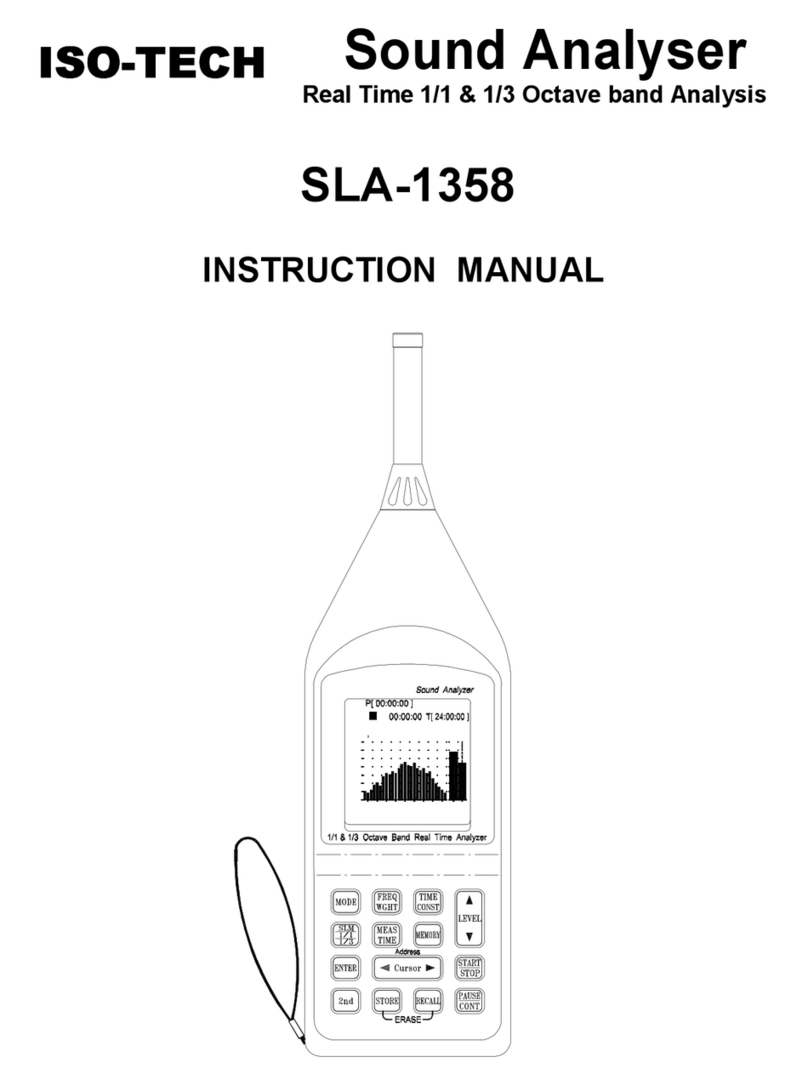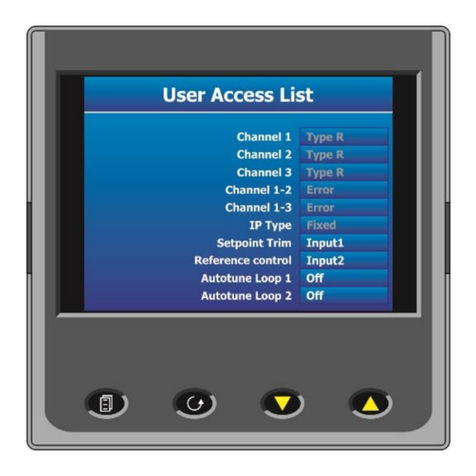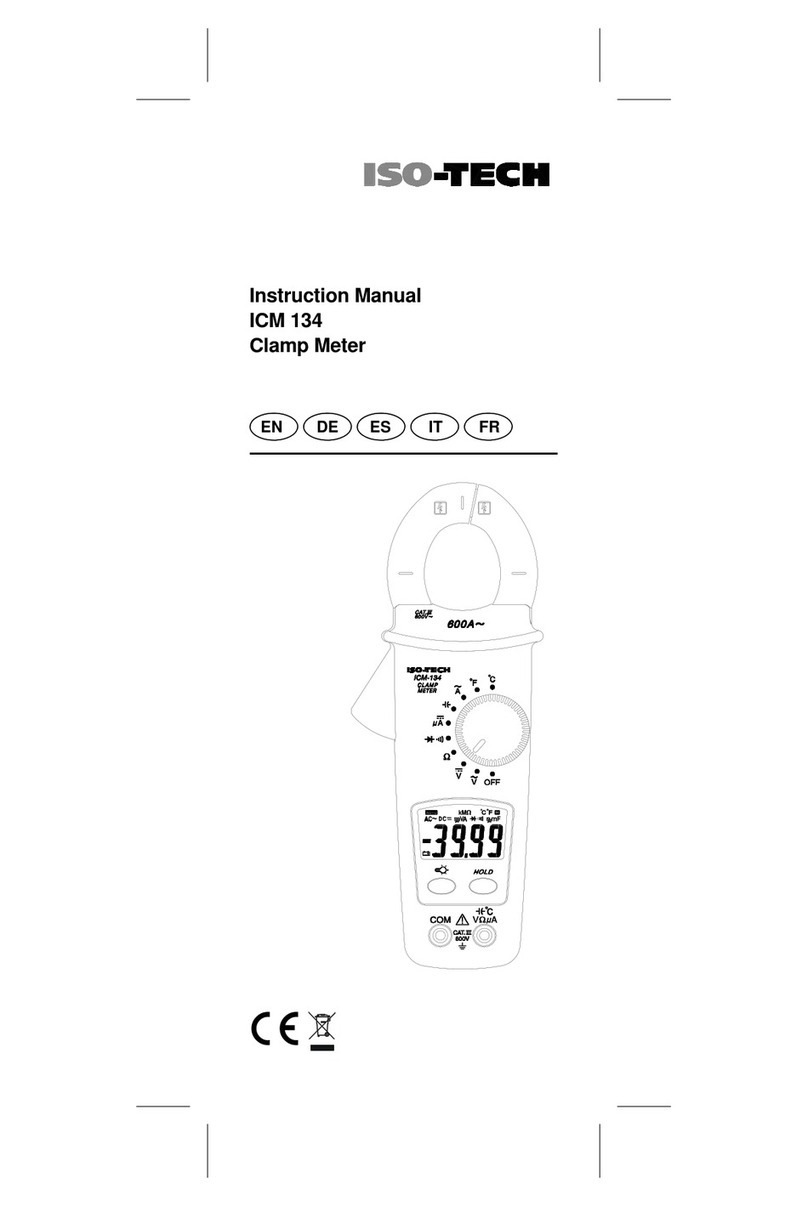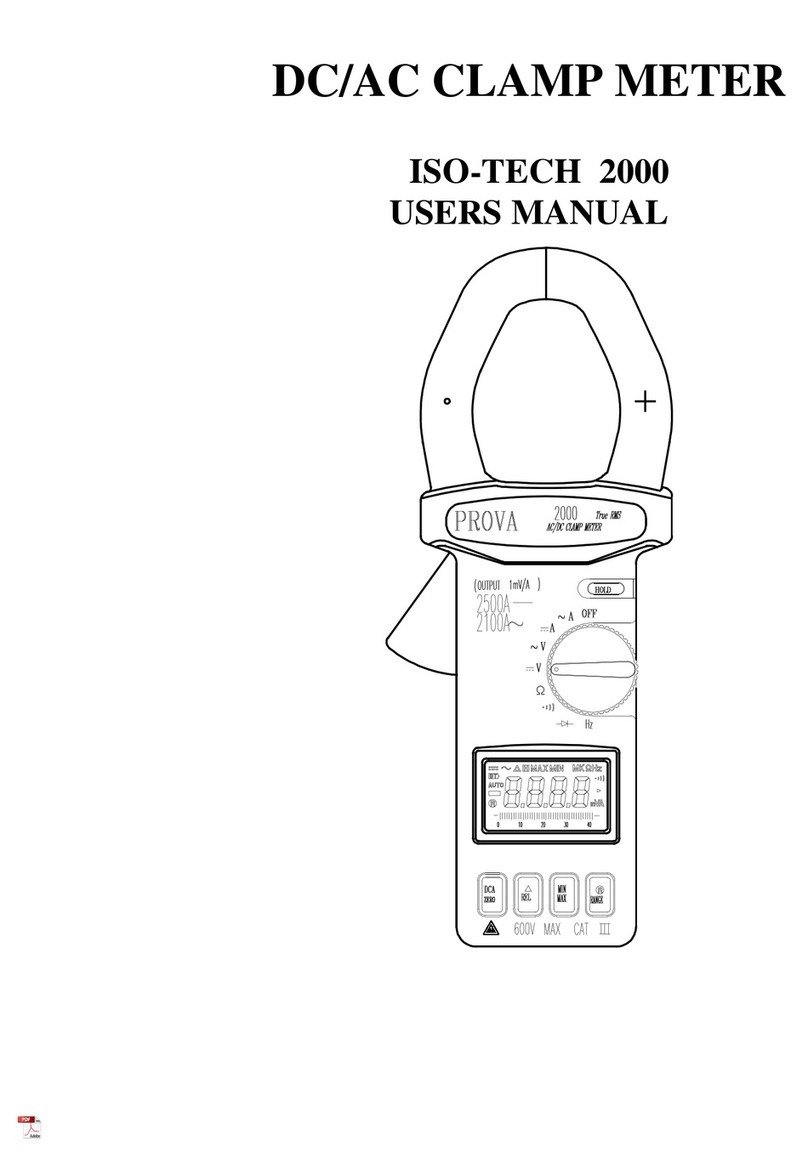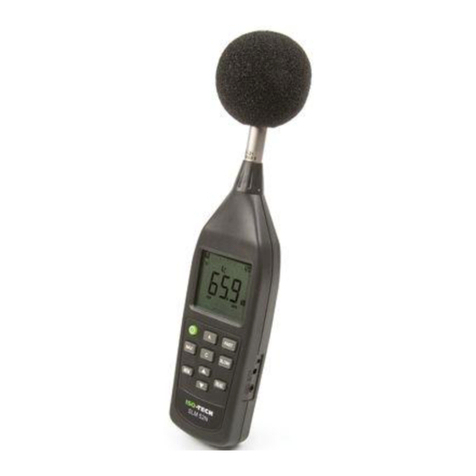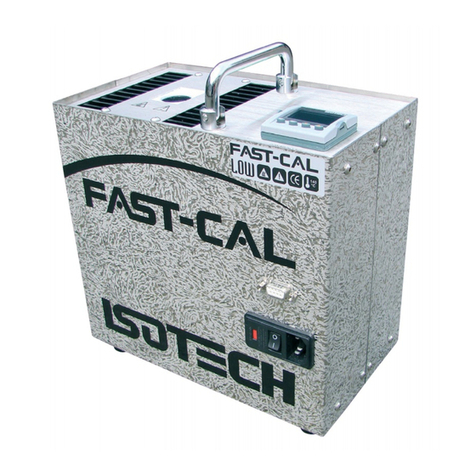
3
Contents
1 UNPACKING AND INITIAL INSPECTION.........................................................................................5
2 BEFORE YOU USE THE EQUIPMENT ................................................................................................ 6
3 SUMMARY OF SYMBOLS ....................................................................................................................7
4 ELECTRICITY SUPPLY....................................................................................................................... 8
5 THE UNIT MUST BE EARTHED ................................................................................................. 9
6 EMC INFORMATION .................................................................................................................10
7 CAUTIONARY NOTE................................................................................................................. 11
8 SAFETY WARNINGS ................................................................................................................ 12
8.1 ENVIRONMENTAL CONDITIONS........................................................................................................................12
8.2 DO NOT MODIFY OR DISASSEMBLE.................................................................................................................12
8.3 BEWARE OF ELECTRICAL CONSIDERATIONS......................................................................................................12
8.4 BE CAREFUL WHERE IT IS USED.....................................................................................................................12
8.5 BE CAREFUL WITH EXTREMES OF TEMPERATURE..............................................................................................12
8.6 BE CAREFUL WITH INSERTS ...........................................................................................................................12
9 CONSIDER THE ENVIRONMENT ..................................................................................................... 13
10 INTRODUCTION .............................................................................................................................14
10.1 COMPARISON CALIBRATION..........................................................................................................................14
10.2 BASIC OPERATION.......................................................................................................................................14
10.3 SITE OR SELF-CONTAINED CALIBRATORS.......................................................................................................14
10.4 EXTERNAL STANDARDS +BASIC ................................................................................................................... 15
10.5 ADVANCED CALIBRATORS.......................................................................................................................... 15
11 MODE OF OPERATION ...................................................................................................................16
11.1 METAL BLOCK BATH ....................................................................................................................................16
11.2 BLACKBODY SOURCE....................................................................................................................................16
11.3 SURFACE SENSOR CALIBRATION....................................................................................................................16
11.4 STIRRED LIQUID BATH................................................................................................................................. 17
11.5 ITS-90 FIXED POINT CALIBRATION .............................................................................................................. 17
11.6 ISOTECH BASIC DRY BLOCK INTERFACE .........................................................................................................18
11.7 ISOTECH SITE DRY BLOCK INTERFACE ...........................................................................................................19
12 SPECIFICATION ............................................................................................................................. 20
13 BEST PERFORMANCE GRAPHS ..................................................................................................... 21
13.1 HEAT UP /COOL DOWN ..............................................................................................................................21
13.2 SIGMA UNCERTAINTIES................................................................................................................................21
14 OPERATING THE MODEL ............................................................................................................... 22
14.1 FRONT PANEL LAYOUT .................................................................................................................................22
14.1.1 The Temperature Controller
...........................................................................................................22
14.1.2 Altering the Setpoint
.......................................................................................................................22
14.2 CONTROLLER FEATURES...............................................................................................................................22
14.2.1 Setpoint Ramp Rate
........................................................................................................................22
14.2.2 Instrument Address
.........................................................................................................................23
14.3 MONITORING THE CONTROLLER STATUS .......................................................................................................23
